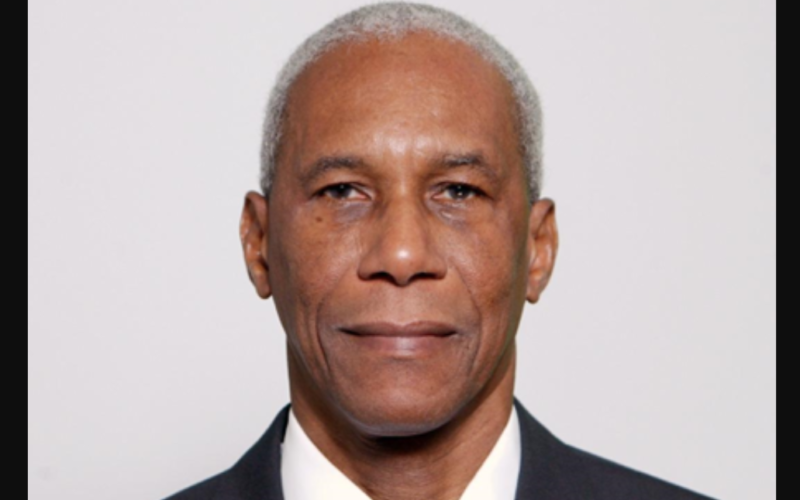Europeans have always approached the study of the history of non-Europeans with a jaundiced eye. Some European historians, when interpreting events in Caribbean history, always characterize the interaction between Africans and people of other races as a situation in which the African is subordinate to and enslaved by the members of the other race even in the absence of any evidence to support this interpretation.
For example, when discussing the Black Caribs of St. Vincent, these historians conjecture that the Africans must have been initially enslaved by the Kalinago upon their arrival in the island but overcame their enslavers and established their own society. They make a similar assertion regarding the Black Miskitos of the Central American coast in spite of the fact that the Black Miskitos are half-African/half-Native American meaning that there was a high rate of inter-racial marriage between them.
In the case of the black pirates, they insist that the Africans serving aboard pirate ships must have been held in captivity although they don’t explain how that would have been possible given the easy availability of weapons aboard the ships and the ample opportunity for escape every time the pirate ship pulled into port.

OP-ED PIECE AUTHOR: Desmond Bollers
It is true that while in many instances the exact nature of the relationship between the Africans and the other ethnic group is difficult to decipher because there are no written records, the default position of many European historians, possibly because of their inherent biases, is that the Africans must have been enslaved. They cannot conceptualize a situation in which Africans and people of other races coexisted as equals.
Some historians, when referring to religious practices among Africans in the Caribbean describe these as Voodoo practices. Let’s take a step back and examine the situation. In West Africa by the 16th century Voodoo-type religions were only practiced in the easternmost region of the Bight of Benin – the Kingdom of Dahomey and the kingdoms of south-eastern Nigeria. The people who participated in kidnapping and trafficking came, for the most part from coastal states since these were the Africans who first came into contact with Europeans and who therefore received the weapons that made their raiding and kidnapping activities possible.
On the other hand, the Africans who were kidnapped and trafficked came from the West African interior which was almost entirely Moslem. Between the 8th century CE and the late 14th century CE, the Islamization of the interior of West Africa below the Sahara Desert was complete. So, the majority of the enslaved Africans in the Caribbean coming from West Africa would have been Moslems, therefore their religious ceremonies were most probably not Voodoo ceremonies but Islamic religious practices.
For example, in Guyana traditionally, the word for a Muslim of any race – African or a descendant of indentured laborers from India – is Fulaman, derived from the name Fula/Fulani who were among the enslaved African Muslims in the Caribbean. Similarly, in Trinidad, a common word for any Muslim of any race is Mandinga, from the Moslem Mandinka people of West Africa.
With reference to the start of the Haitian Revolution, the ceremony at Bois Kaiman is usually described as a Voodoo ceremony. However, the historians of The Louverture Project contend that there is strong evidence that Bookman/Boukman, the man who led the ceremony, was a Moslem and quite likely an Imam versed in the Koran, so far from being a Voodoo ceremony, the event at Bois Kaiman could easily have been a Moslem religious event.
This prejudice extends to African women’s status. Cecile Fatiman, Bookman’s/Boukman’s co-leader, is described a Voodoo priestess with no evidence to support this assertion. In this vein it should be noted that every female leader of a maroon settlement or a revolt by enslaved Africans is immediately categorized as steeped in witchcraft, because in their minds, Africans could not possibly respect a woman for her leadership abilities.
They maintain this view in spite of their awareness of the existence of Queen Amina/Aminatu who ruled the Zaria Emirate in the 15th Century, the existence of the female Agojie soldiers in the Kingdom of Dahomey and of Nana Asma’u, daughter of Caliph Usman Dan Fodio, who was a revered Teacher, Poet and Islamic Leader in her own right.
So let us not unwittingly buy into the negative stereotyping of Afro-Caribbean people promulgated by some European historians.
You can follow Desmond Bollers on Facebook at https://www.facebook.com/desmondbollers2 or visit https://www.caribfree.net/

